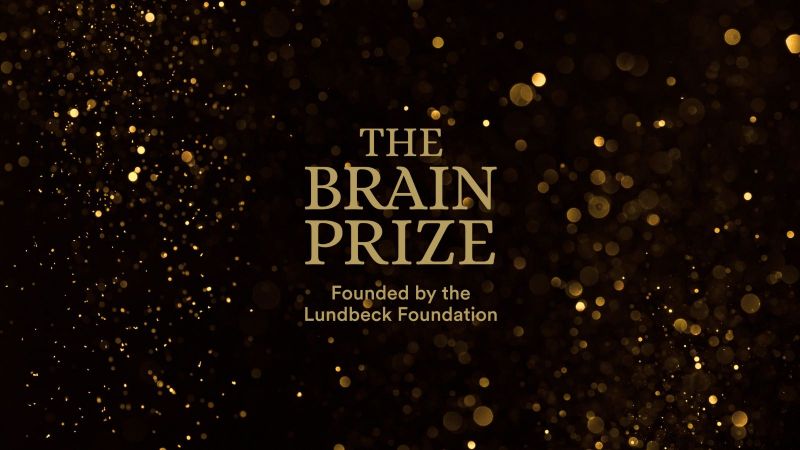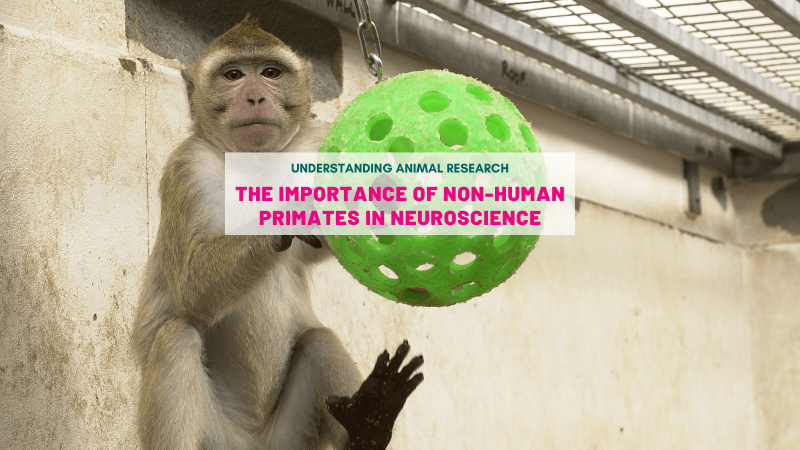
“Should I stay or should I go now ?” A famous lyric from a punk song has now become the focus of groundbreaking new research. Researchers from UCL have identified in mice the specific brain circuits that control crucial decision making. This brain “switchboard” allows animals to adapt their behaviours and choose perseverative, exploratory, and disengaged actions.
Animals survive by adapting and reacting to their environment. Choosing strategies such as persevering with a current choice, exploring alternatives or disengaging altogether might mean the difference between life and death in the wild. Maintaining the correct balance between exploratory, perseverative and disengaged states is crucial for survival across the animal kingdom.
Neuroscientists have long been fascinated by the mechanisms behind these choices. In a recent paper published in Nature, scientists at the Sainsbury Wellcome Centre at UCL identify for the first time a neural hub near the top of the brainstem – which connects the brain to the spinal cord – that is critical for flexible switching between behavioural strategies. This crucial region is known as the median raphe nucleus (MRN).
The study’s first author, Dr Mehran Ahmadlou, Senior Research Fellow in the Hofer Lab at the Sainsbury Wellcome Centre at UCL, explained : “We wanted to understand the neural circuits that drive these behavioural strategies and enable animals to maintain or switch between them. The need to maintain the correct balance between these strategies is common across the animal kingdom, so the underlying neural circuits are likely to be evolutionarily conserved and subcortical.”
Decisional switchboard in the mouse brain
To explore how the brain controls behavioural strategies, the researchers challenged mice in different contexts. They tested the function of neural circuits in the MRN under different conditions and revealed how animals switch between states and strategies.
The animals were put in situations where they needed to do different tasks to receive food rewards – instinctive ones, ones that did not need any previous knowledge, and ones in which animals acted on prior knowledge. Using a brain implant and a technique called optogenetics, the scientists were able to manipulate and turn on and off certain brain cells in the MRN to see how they would affect the outcome of each task.
In so doing, the researchers identified three distinct and complementary types of brain cells in the MRN that each control a different decision strategy. The suppression of the inhibitory GABAergic neurons caused animals to stick to a current or familiar goal and persevere. The activation of excitatory glutamatergic neurons drove the mice to start exploring alternative options. And the suppression of serotonin-producing neurons pushed animals to disengage from their current task.
Between them, the cells could drive decisions on whether to stick to what you are doing, try something else, or give up all together. The researchers also found that the NRM receives feedback about an experience from two other brain regions. A positive or negative signal will in turn help decide between perseverance in a goal or disengagement.
How research in mice could improve mental health conditions
Together, these findings establish the MRN as a central behavioural switchboard for decision-making, uniquely positioned to flexibly control behavioural strategies. Imbalance and changes in the activity of the MRN could therefore contribute to a number of neuropsychiatric conditions. In particular, OCD and autism are characterised by an overly high drive to persist in familiar actions and repetitive behaviours. Similarly major depressive disorder involves pathological disengagement and lack of motivation.
Professor Hofer concluded: “It is possible that in some mental disorders specific MRN could have pathological firing rates. For example, very low activity of serotonergic neurons specifically in the MRN could contribute to a depressive phenotype. This is interesting as most of the more effective treatments for depressive disorders are indeed centered around the neurotransmitter serotonin. But these drugs are unspecific, slow and do not work for everybody.”
Better depicting how this powerful region of the brain functions may help to further understand a number of neuropsychiatric conditions and provide a basis for the development of new, more specific treatments.
Last edited: 8 May 2025 14:09



